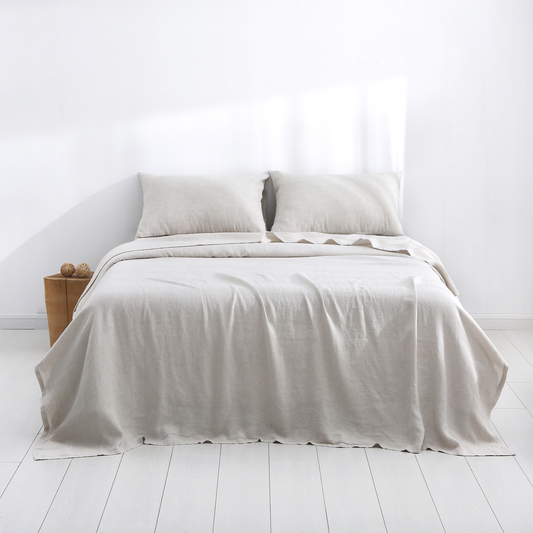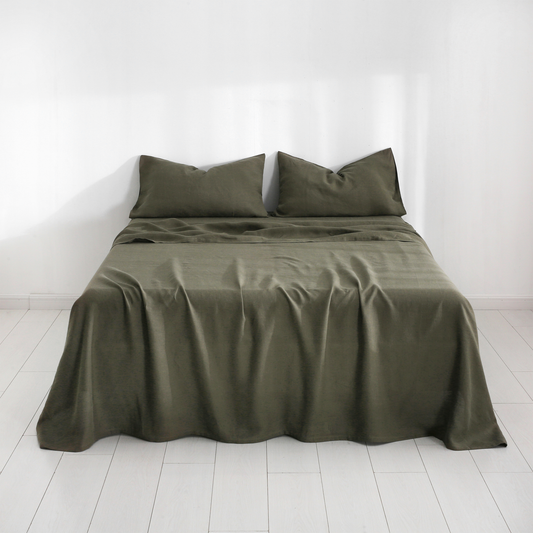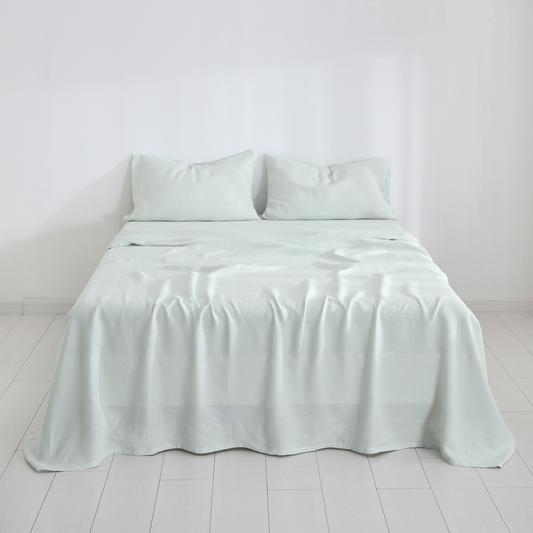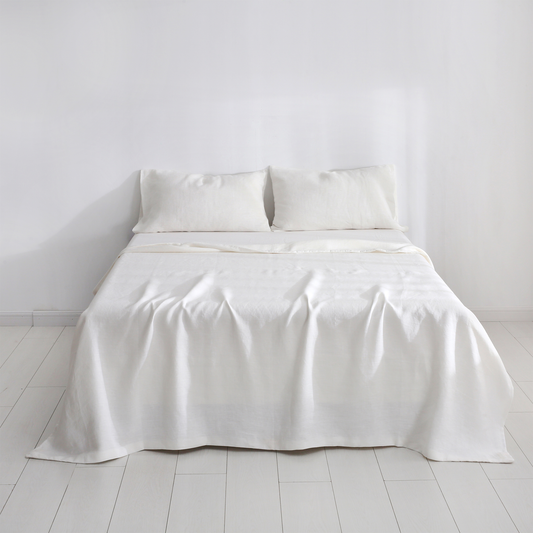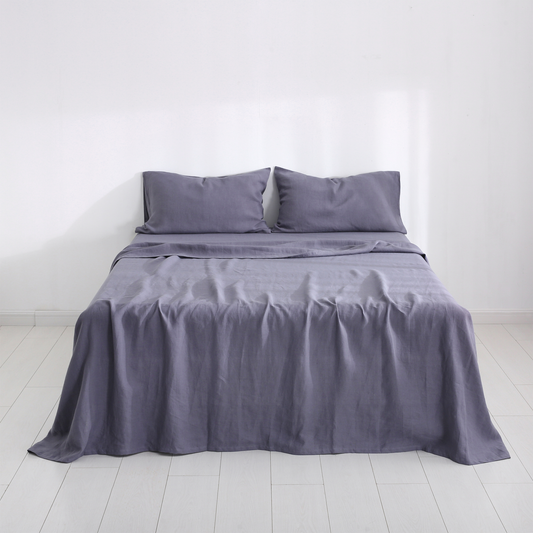How hemp revolutionised the industrial maritime age.
Hemp has historically been an integral aspect of the way ships work. This makes it seem strange that nowadays, hemp is struggling for legality in some places, when back in the 1800s it was the most used shipbuilding material behind wood. We believe it’s vital to understand the history of hemp, so that we can pioneer hemp through a changing future, so let’s take a step back in time…
How was hemp used on ships?

Sails
Sails used to be 100% hemp. Interestingly, the sail making process shared a lot of similarities with the modern-day hemp fibre construction process:
How were hemp sails made?
The hemp was picked and packed. Hemp pickers earnt as little as $20 a month back then…
This process involved soaking the hemp stalks in water to break down the pectin (which is the component that binds the fibres tightly together). Once this was done the fibres were looser and easier to process

This is where the fibres were combed off the woody core of the hemp plant to get rid of short or poor quality fibres.
The hemp was then hand-spun into yarn.
The hemp yarn was taken and woven into sturdy and robust hemp fabric or canvas.
Finally, the sailmaker shaped and sewed the sail from the large hemp canvases, including reinforcing the edges (which would be most exposed to wind pressure) and adding in ‘grommets’ (metal rings to put the lines through).
Did Sailors Use Hemp Ropes in the 1800's?
In addition, hemp was used for almost all the ropes aboard the vessels of yesteryear. In a process similar to the above, hemp was woven into the ropes and used to make the rigging, and the ropes that control the sails. This comprises a large portion of a tall ship. They were also likely swung off by many a bosun’s boy…

How was hemp used to keep the ship watertight?

This was probably the most interesting application of hemp on sailing vessels. To make a vessel watertight, sailors smeared a substance called caulk through a process called caulking on the cracks and seams that ran along planks in the hull and all around the ship. Caulk was a mixture of hemp fibres and tar, and worked extremely effectively to resist erosion from the sea and keep the boats floating for as long as possible. As you can see, without hemp, these boats literally would not have been able to sail. Hemp was so sought after that King Henry VIII created an act encouraging every landowner to sow ¼ of an acre of hemp. That’s a far cry from certain countries today that still lack legalised hemp.
Which famous sailors used ships with hemp?

Well, pretty much all of them. No matter where you are around the globe, if your country has been influenced by the British Empire, it was probably partly on the back of hemp*. Way back in 1492, Christopher Columbus first sailed to the America’s driven by favourable winds and hemp sails. The first fleet also colonised Australia with hemp ropes and sails. In the late 15th century and early 16th century, Ferdinand Magellan circumnavigated the globe using hemp sails and rigging, proving the flat-earthers wrong, and also spreading the beauty of hemp from Portugal all the way to the deep south of the American continent. Even way back in ancient Greece and Rome, hemp was being used as an everyday commodity on ships. So, as you can see, hemp was not a ‘dodgy substance’ and, in fact, it never has been. It was only highly useful, and a building block of modern civilization. And let’s hope it stays that way.
To see how we are ‘turning back the clock’ on the history of hemp and bringing it back into public consciousness, check out our hemp bed sheets here.
Love,
The Jo Dope Team
*Note that Jo Dope does not endorse the many atrocities of colonisation, we merely support the use of hemp in the exploration processes.


